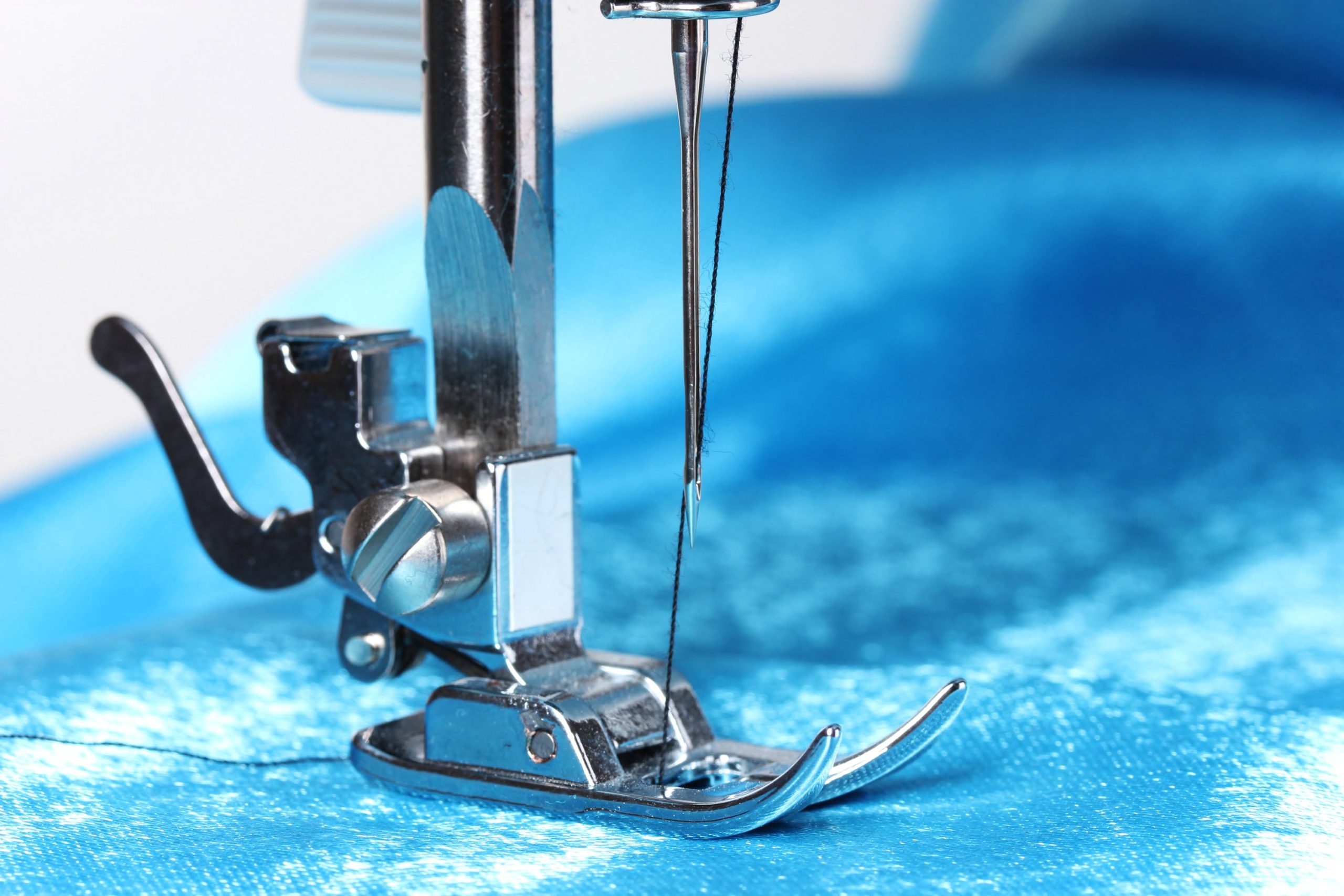These days, you can create just about any designs you want with an embroidery machine. Whether it is a simple or intricate design, reliable embroidery software will give you desirable results. However, no matter how advanced your embroidery machine is, the success of your design will still depend on the fabric stabilizer you choose. Just like selecting embroidery machines, choosing stabilizers is as equally hard.
What is a stabilizer and why do you need one?
Stabilizer, as the name suggests, helps the fabric becomes more stable. There are types of fabric which move about when you embroider your design and the stabilizer will serve as the support of the design. For those who already know the ins and outs of embroidery, you might have confusion with all stabilizer choices available to you. If you want to make sure that you deliver present and future projects with ease, heed this guide to choose the best stabilizer for your embroidery needs.
Essential factors to consider when selecting the best fabric stabilizer
Since you can choose from a variety of stabilizers, there are key variables that you need to take into consideration so you can make an informed decision. Depending on the type of machine embroidery project you are embarking on, it is important that you look at these main factors.
Embroidery Design
When choosing a stabilizer, the embroidery design will be one of the key factors that will impact your decision. The more intricate or complex your design is, the heavier your stabilizer should be. You also need a heavier stabilizer if you are using more stitches as this type helps you to keep the fabric intact. For larger designs, especially the ones with complex digitized designs, you need a stabilizer that will provide more stability to your fabric. The stabilizer will also provide support to the design you embroidered. A medium weight cutaway is ideal for designs which are filled with solid stitch. A sheer mesh cutaway stabilizer, on the other hand, is ideal for designs with light running stitch.
Type of Fabric
The fabric you are going to use for your embroidery project is the most important factor in choosing a stabilizer. For embroidery designs on knitted fabrics like sweatshirts or sweaters, you need more stabilizers because the process can get slippery. Instead of a tear-away stabilizer, you should use a cut-away because it performs better even when there is extra movement. You should also factor in the weight of the fabric as it also affects the stabilizer you are going to choose. Heavier fabrics require heavier backing while lighter or drape like fabric needs a lighter stabilizer. A water-soluble stabilizer is the recommended backing for this type and weight of the fabric.
Final Look
The final look of your embroidery project will also determine the stabilizer selection project. If you want to achieve flawless, clean finish, you need to choose heat or water-soluble stabilizer. Cut-aways leave excess side pieces. While the remaining backing may serve as extra support, it might be unsightly for most people.
Types of fabric stabilizer
Tear-away stabilizer:This stabilizer is ideal for embroidery projects that need temporary backing. It is easier to remove so you need to be careful not to stretch or pull the fabric. You can use tear-away stabilizers for woven fabrics that do not have stretch such as quilted fabrics, polycotton fabrics, vinyl, linen, towels, leather, and 100% cotton. Tear-away stabilizers allow you to tear away from the stitches rather than into the fabric’s stitch.
Cut-away stabilizer: This is the common stabilizer because it matches any fabric so long as it has some stretch in it. Cut-away stabilizers work well on knitted fabrics like polo shirts, t-shirts, and golf shirts. When you embroider fabrics with the attributes of denim, spandex, or lycra, using cut-away stabilizers will help you to achieve your desired outcome. This stabilizer is also ideal for garments like sweatshirts, fleeces, or swimwear.
Wash-away stabilizers: An embroidery design with clean backing requires wash-away stabilizers. They are available in mesh or plastic form. They are intended for washing away from the embroidered fabric. You just need to make sure that you are using a washable fabric before applying this type of stabilizer. Wash-away stabilizers are also known as water-soluble stabilizers. They are not meant for complex designs because they have weaker support. You can use wash-away stabilizers for stitching on terry cloth.
Heat-away stabilizers: The heat-away stabilizer is for fabrics like lace, satin, or velvet. You cannot was these fabrics. Heat-aways are well suited for lace work because of their delicate quality. You apply heat-aways to the top of your design and gently remove it with a warm iron. Like wash-aways, heat-aways remove the backing completely.
The importance of choosing the correct stabilizer
You can achieve the best outcome if you take the time to choose a suitable stabilizer for your embroidery project. While embroidery in itself is a tricky task, using the correct stabilizer will make all the difference. Stabilizers get rid of stray or loose stitches so your design will look more professional. Watch the video for a quick guide on choosing the correct stabilizer to match your embroidery project.
Your handiwork will look more impressive if you know how to find the perfect combinations that will give emphasis to your embroidered design.
Affordable Digitizing
[email protected]
(239) 910 8021

